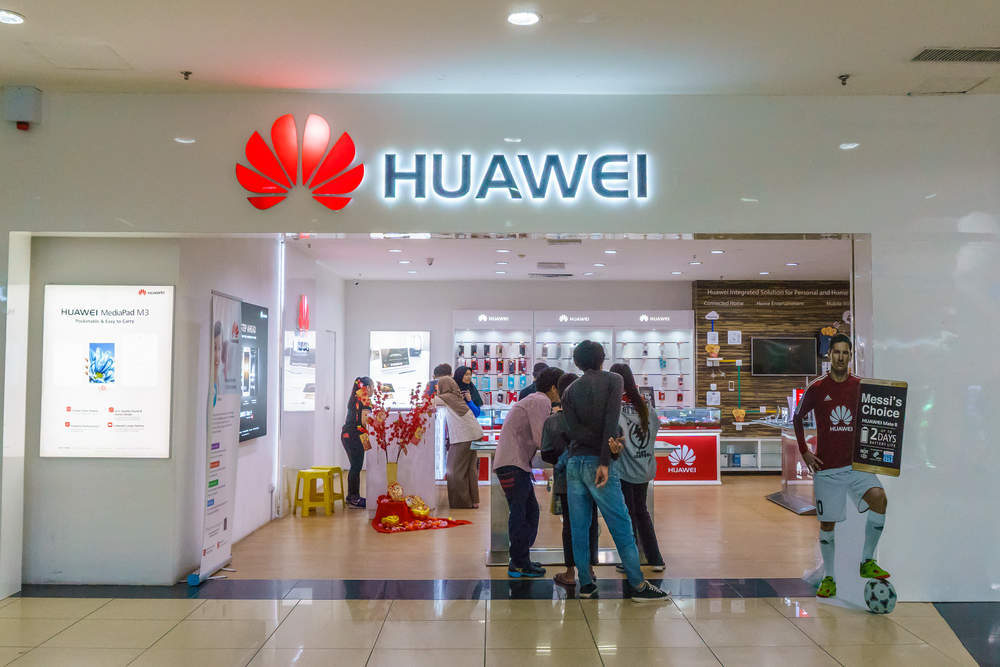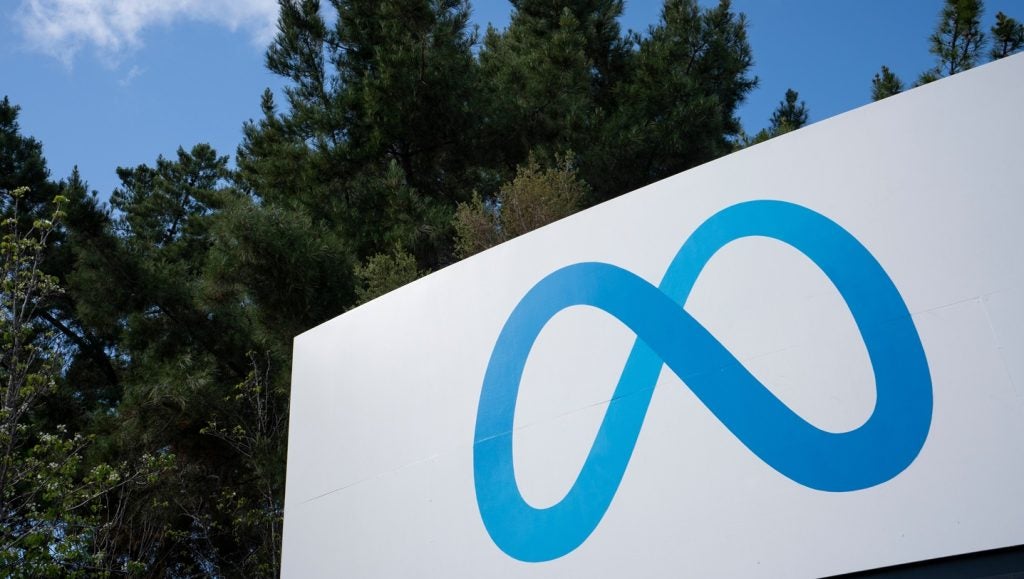After a few years of more than 30 percent growth, all signs point to Huawei’s run-away growth slowing in 2017.
Last month Huawei reported strong growth at a time when its rivals continue to struggle: revenues of ¥283.1bn ($42bn), up 15 percent on the same period last year.
Comparing this with previous years, however, reveals a more complicated – less rosy – picture.
First, 15 percent growth for the first six months of 2017 compares with 32 percent growth for all of 2016, 37 percent in 2015 and 20 percent in 2014.
That’s a major change of trajectory. And, judging by past years, full year growth results for Huawei are rarely very different from results in the first half of the year.
[verdict_chart id=”22475″]Second, while Huawei doesn’t report revenues for all of its business units, it did report them for its consumer unit; with revenues of ¥105.4bn, representing 36.2 percent growth.
Comparing with last year results, the other two business units (carrier and enterprise) grew by less than six percent.
How does that compare with 2016?
Poorly. Last year, the carrier group grew by 24 percent while enterprise grew revenues by 47 percent.
The enterprise business unit was, in fact, Huawei’s fastest growing business in 2016 – driven in part by a relatively small base.
Unless momentum (and sales efforts) in the business completely changed trajectory in 2017, it’s likely that carrier revenues were well below six percent.







